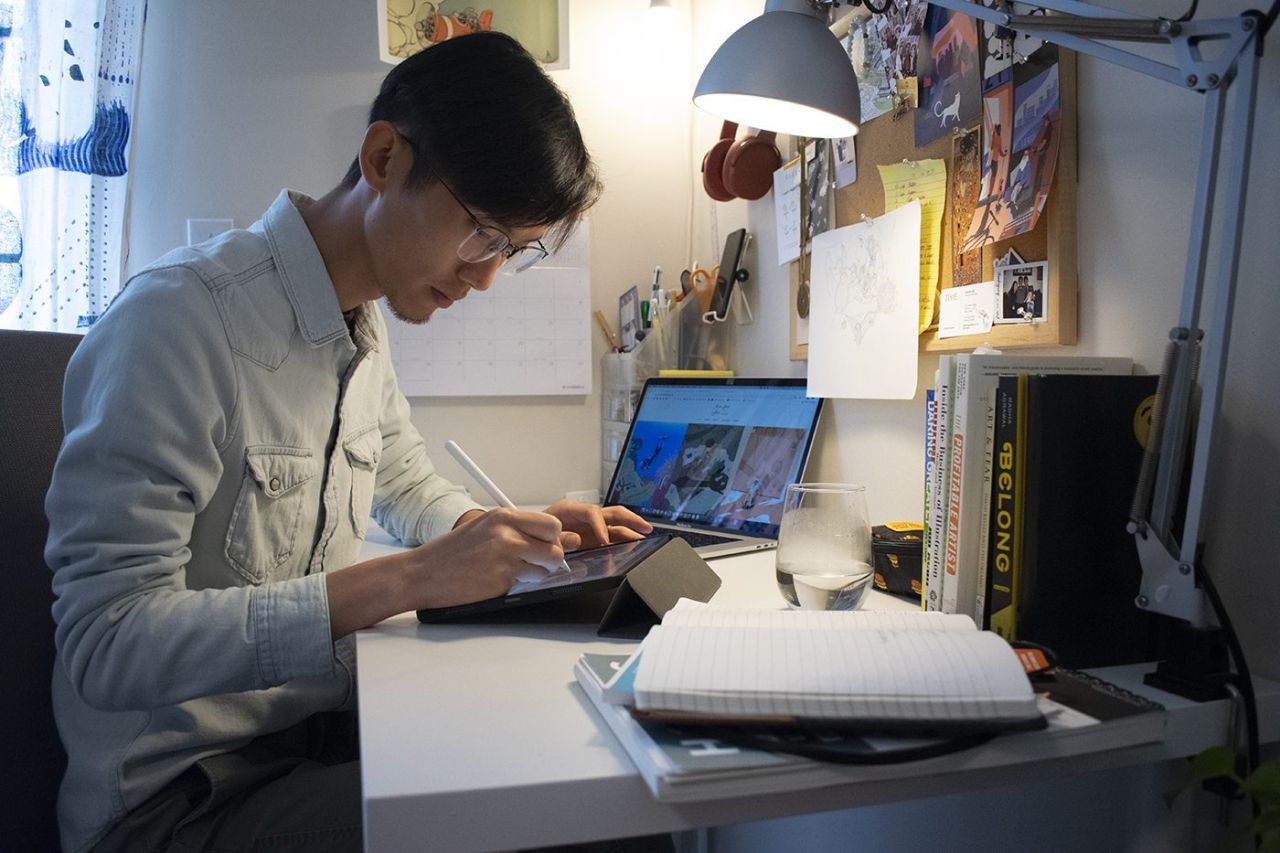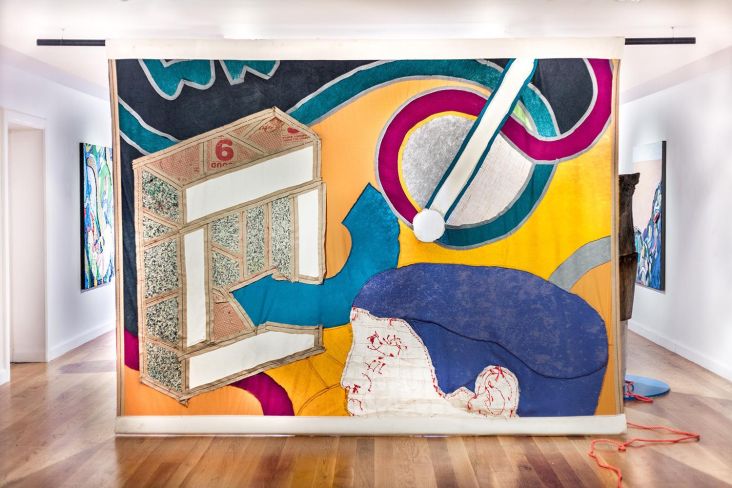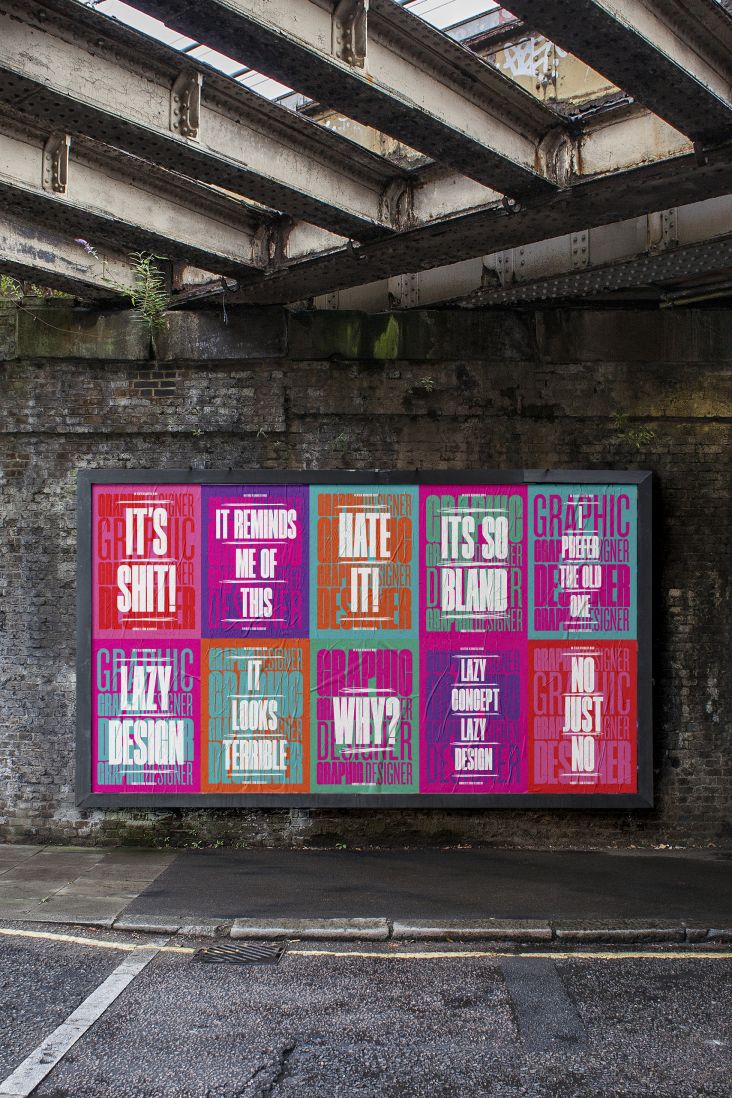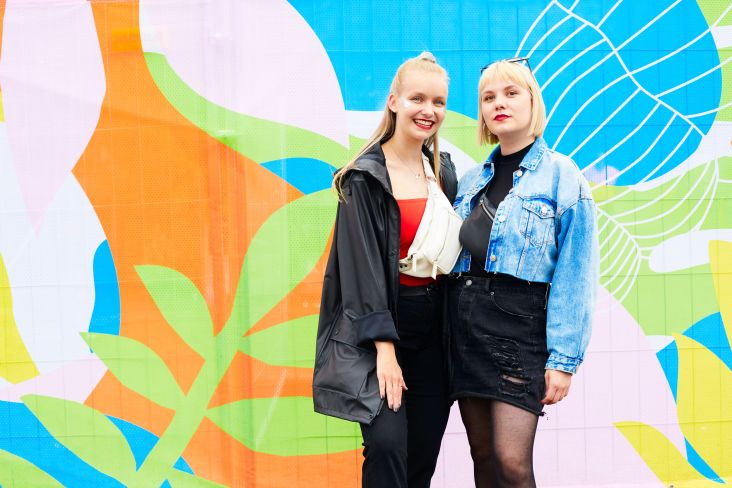Why illustrators should see motion design as the next step
The illustration industry has never been so competitive. This is why many creatives are pushing to develop new skills. Here, Anna Goodson, founder of Anna Goodson Illustration Agency, explains why motion design should be your next focus.

Nien-Ken Alec is a Taiwanese illustrator based in San Francisco. Image courtesy of Anna Goodson.
Throughout your career in illustration, you must never stop learning. There are always going to be new techniques and technologies that you need to keep up with. If you don't, how are you going to hold your own against the next generation entering the business? Let's face it; illustration is a pretty cool profession that a lot of people aspire to, so it's not like there's ever going to be a lack of competition.
Besides that, of course, learning a new skill is a great way to keep yourself energised and inspired creatively, providing you with a fresh perspective, original ideas and new ways of approaching familiar tasks.
So what should you learn next? In 2019, I’d strongly recommend if you haven’t already, adding animation to your skillset.
From cinemagraphs to fully-fledged animation
By that, I’m not talking, necessarily, about jetting off to San Francisco to work on the next Pixar movie. But there is a broad spectrum between illustrators with zero animation skills and fully-fledged pro animators. And if you can nudge yourself along the line from the former - even a little - it can pay off in today’s market.
In the simplest terms, turning your artwork into a cinemagraph or animated GIF is a useful skill and one that’s much in demand at the moment.
From there, the more skills you can pick up in motion graphics and animation, the more in demand you’ll be.
Skills that are in demand
Trust me, as head of a global illustration and animation agency; I know this from personal experience. I’ve been representing illustrators and animators for more than 20 years and have deep and extensive relationships with the industry.
As a result, Anna Goodson Illustration & Motion has built a reputation for being the place to come to, whether people are looking for illustrators, animators or someone in between.
And right now, the message I’m getting from clients is loud and clear: if illustrators want to stay ahead and be competitive, then they need to learn how to animate their work because it's something that clients are increasingly and explicitly asking for.
The importance of moving images
It’s no secret why that might be. The rise of the smartphone across both the developed and the developing world, along with increased speeds and data bandwidth, is changing the business beyond all recognition. And in a landscape full of competing brands and services, one of the best ways to get attention is through moving images.
Our brains are hard-wired to focus our eyes on movement, and they don’t give us much choice - bypassing the conscious part of the brain and acting purely on instinct. So whether we’re talking about apps, websites, online ads, digital posters or TV commercials, it’s no wonder that GIFs, motion graphics and short animations are increasingly the order of the day.
Even when the main illustration is a still one (for example, an editorial illustration for a print magazine) there is often a need for an accompanying, moving image (in this case, for the digital tablet edition of the mag, say).
If you can get the illustrator involved in adding that dimension of movement, then the piece is going to be all the more consistent and convincing. Many of the leading illustrators of the moment are recognising this, and there’s a new generation of hybrid creatives who are equally happy doing both.
The hybrid generation
One example that springs to mind is Agathe Bray-Bourret, a very talented Canadian illustrator whom I represent. Working mainly in watercolours, her expressive and fantastical cartoon characters have made her much in demand for illustrating magazine articles and books.
She’s also skilled in film animation, and her music videos and short movies have played in many festivals worldwide: you can see examples of both types of work on her portfolio.
Another illustrator I represent is Nien-Ken Alec Lu, a Taiwanese illustrator based in San Francisco. His style incorporates lively colour and graphic shape to create engaging narratives and fun-to-look-at characters, and his clients range from magazine, newspaper, book and advertising campaign to personal commissions.
A glance at his portfolio shows just how brilliantly his distinctive style comes to life as animated GIFs.
Start studying now
I’ve seen a big rise in the number of enquiries for animation lately, and given how closely illustration and animation go hand in hand, I’d urge all illustrators to join a course, start learning this new skill and adding a new string to your bow.
There are many courses available. One I’d recommend is Created Academy, because they have a practical focus, partnering with leading companies to ensure that what you learn matches up with the skills that the industry needs right now.
Throughout its courses, you tackle real-world industry briefs under the guidance of an industry mentor, so it’s a great way to upskill in a way that’s relevant to your career.
Conclusion
To summarise:
- Illustrators need to learn new skills to keep ahead of the competition.
- Animation and motion graphics skills are increasingly in demand from clients right now, for all kinds of digital media.
- Illustrators who can add motion graphics and animation skills to their bow will be in a strong position to win more work and boost their careers going forward.
- There's never been a better time for illustrators to study motion graphics and illustration.

























](https://www.creativeboom.com/upload/articles/af/af4d07206f762fa288220c1f480fc6345e83bc8a_732.jpg)
